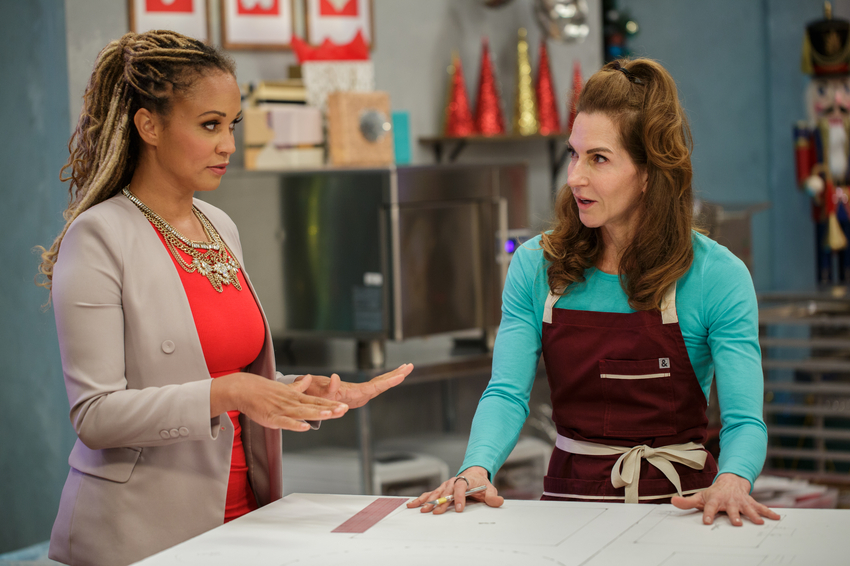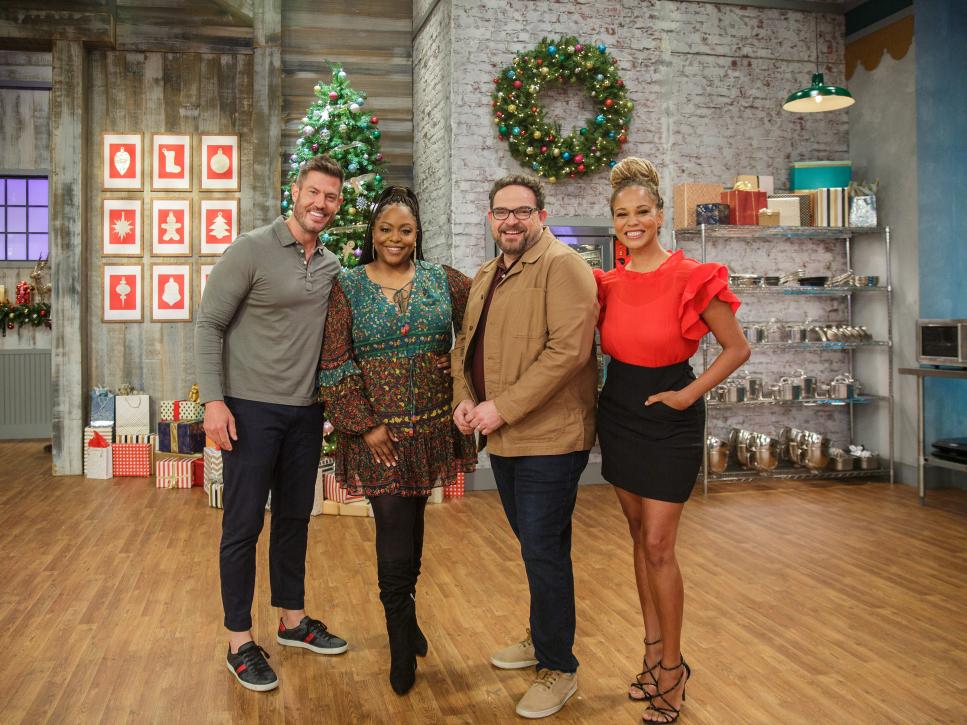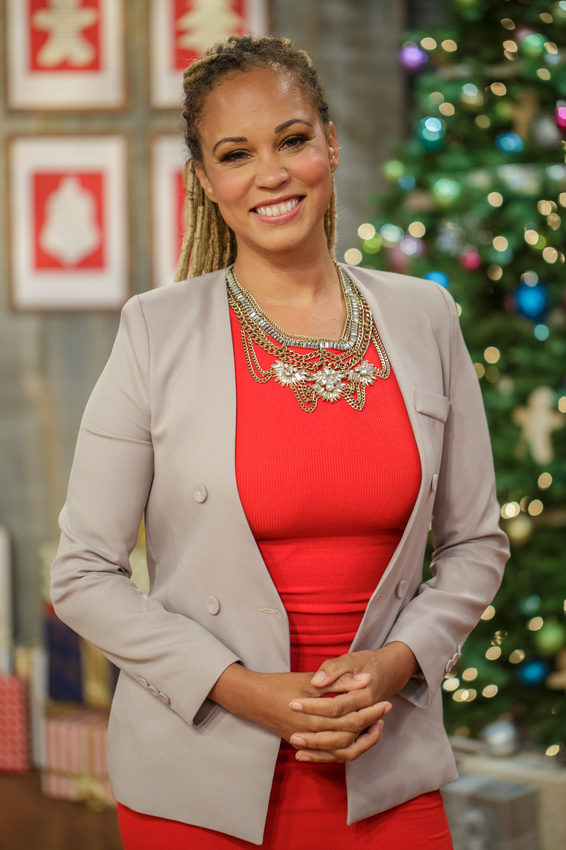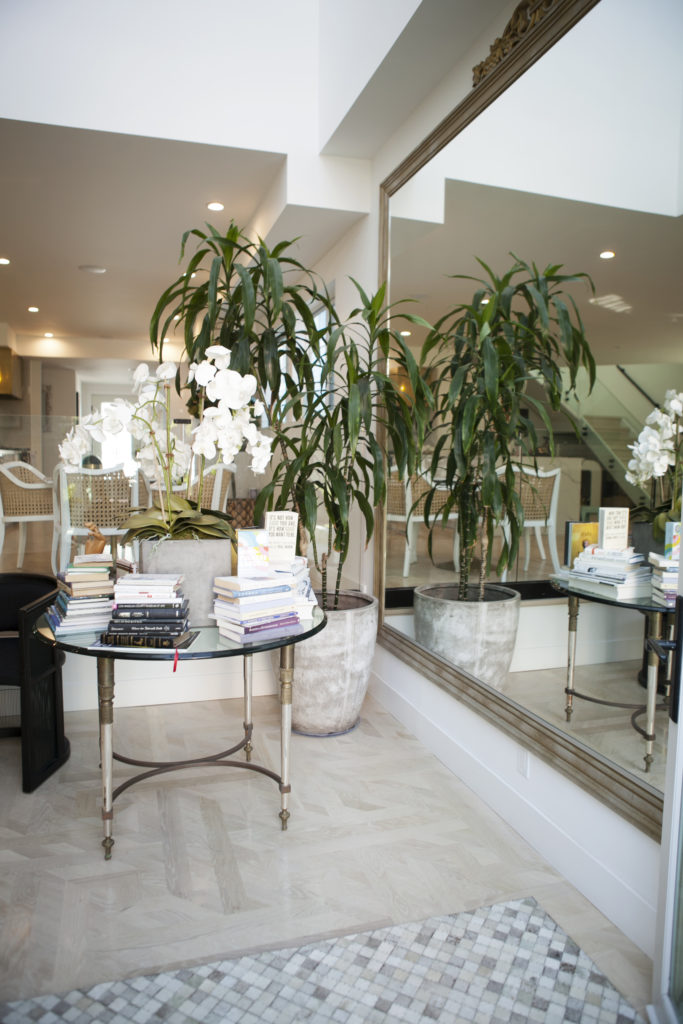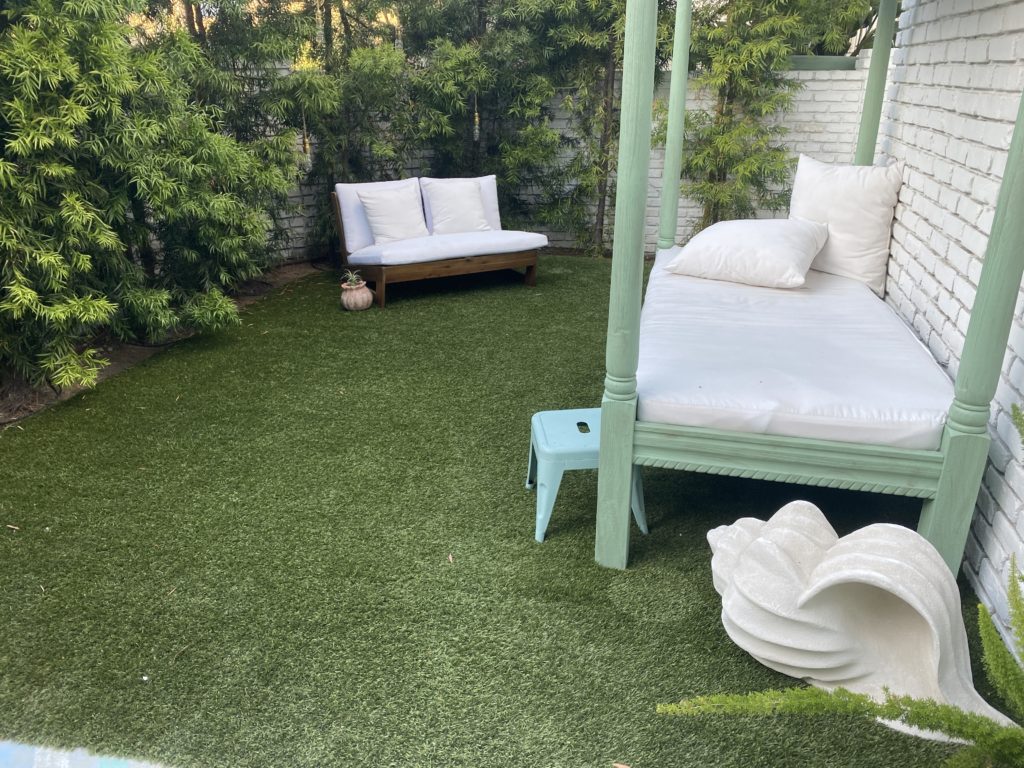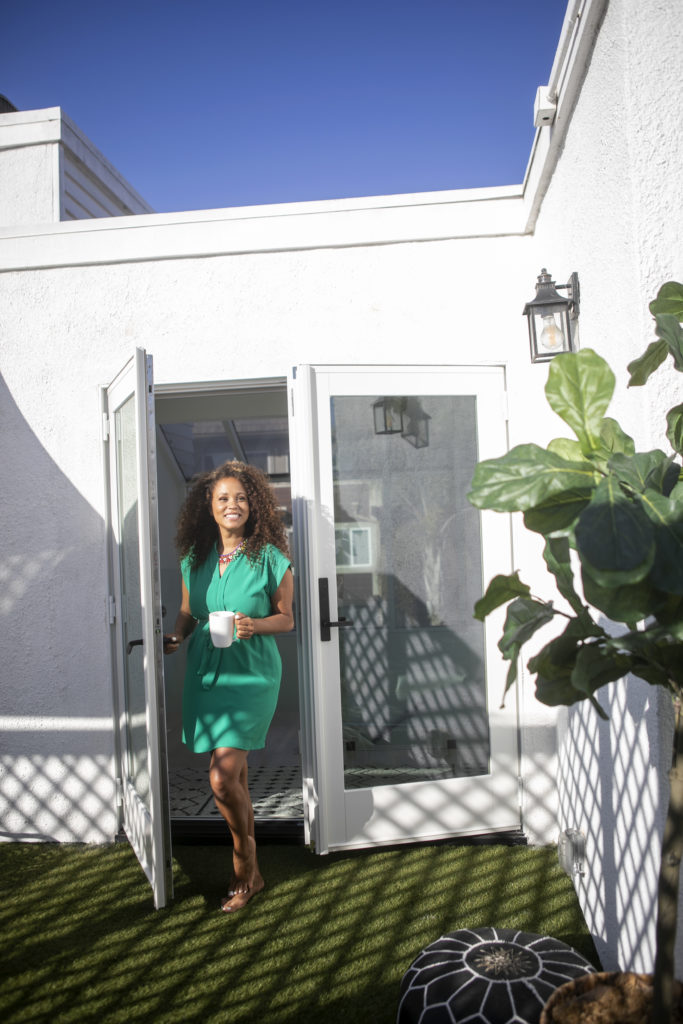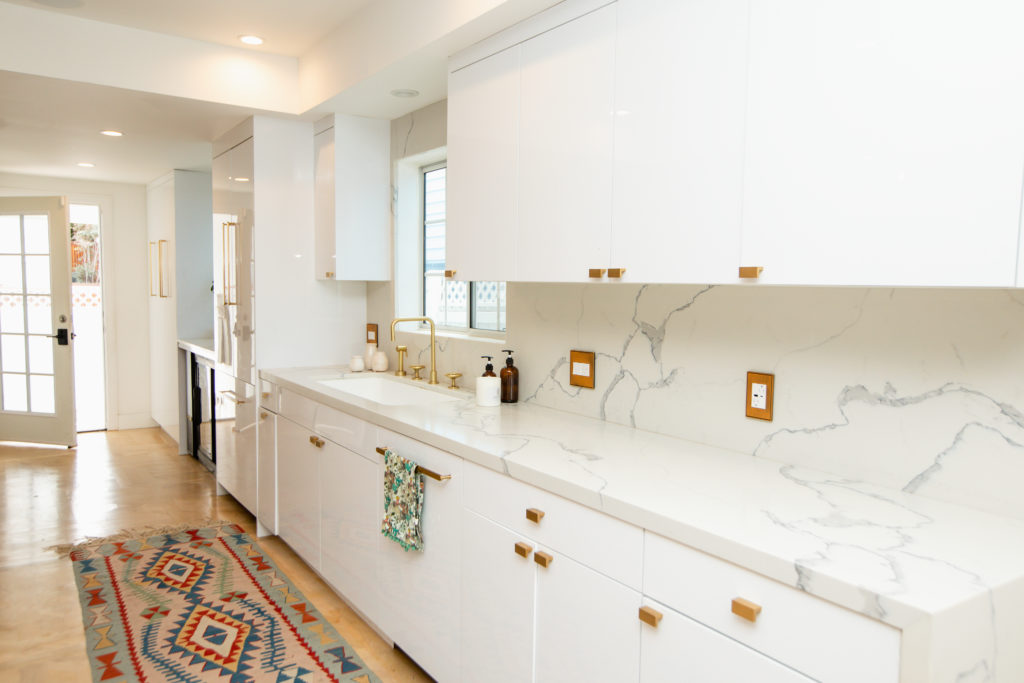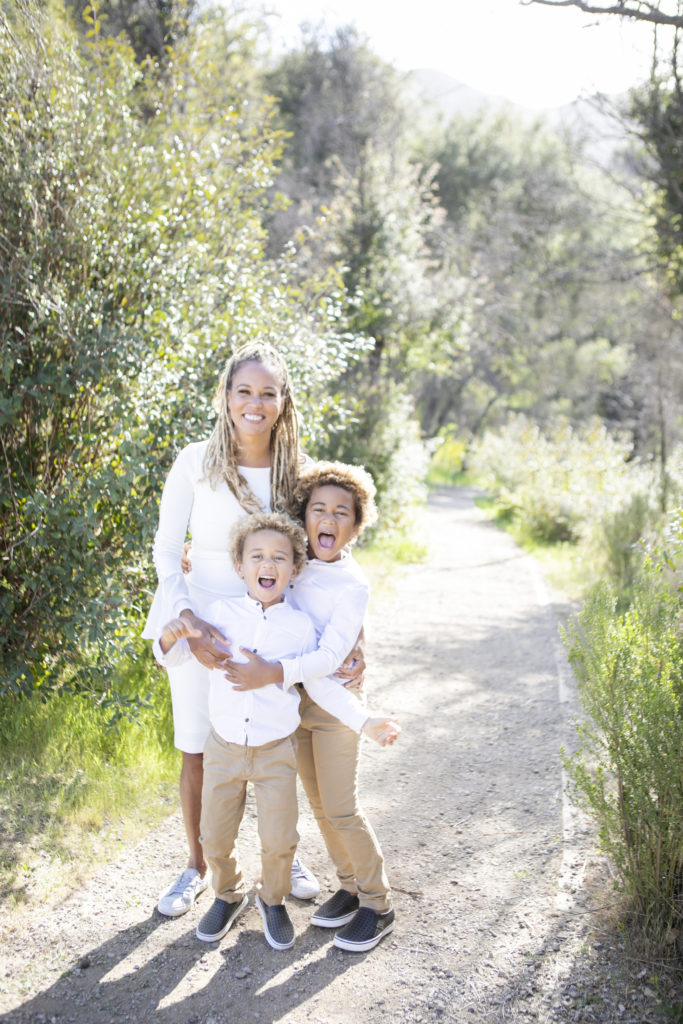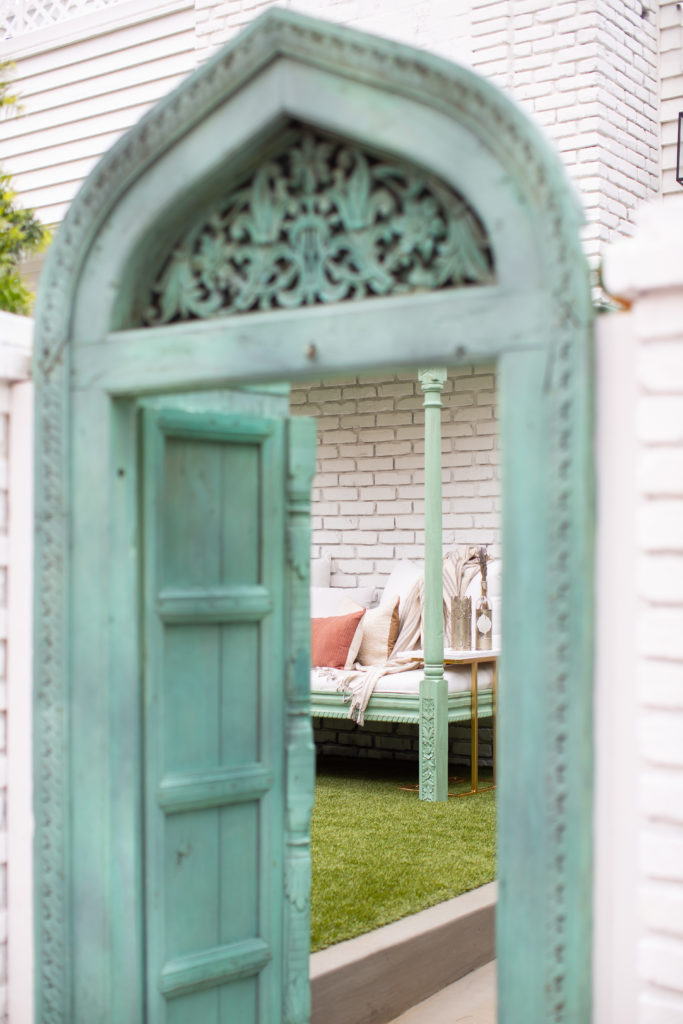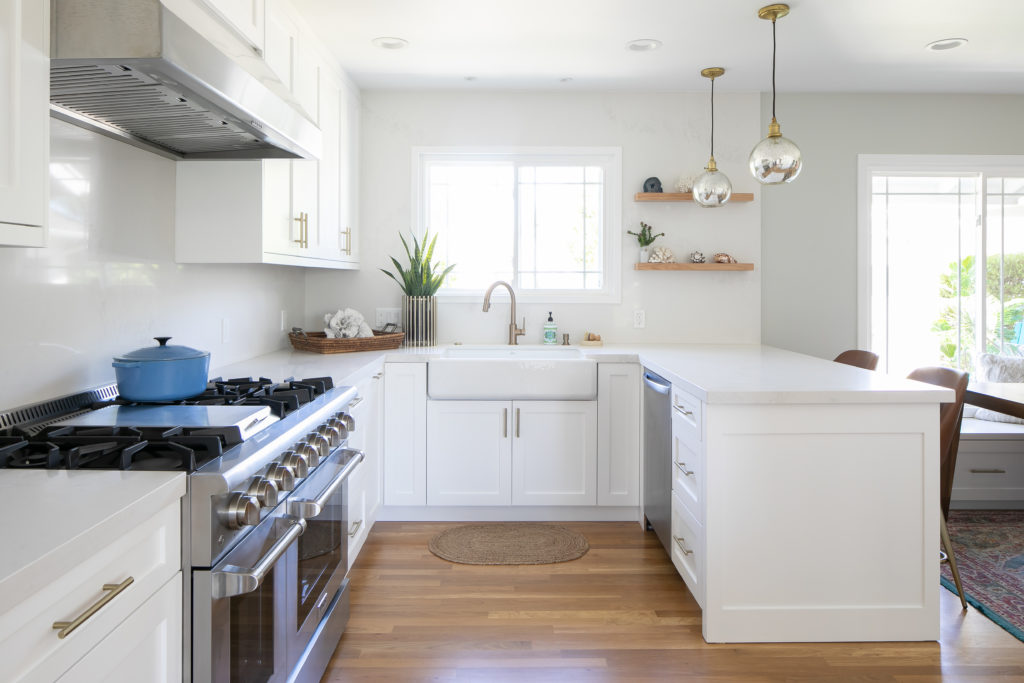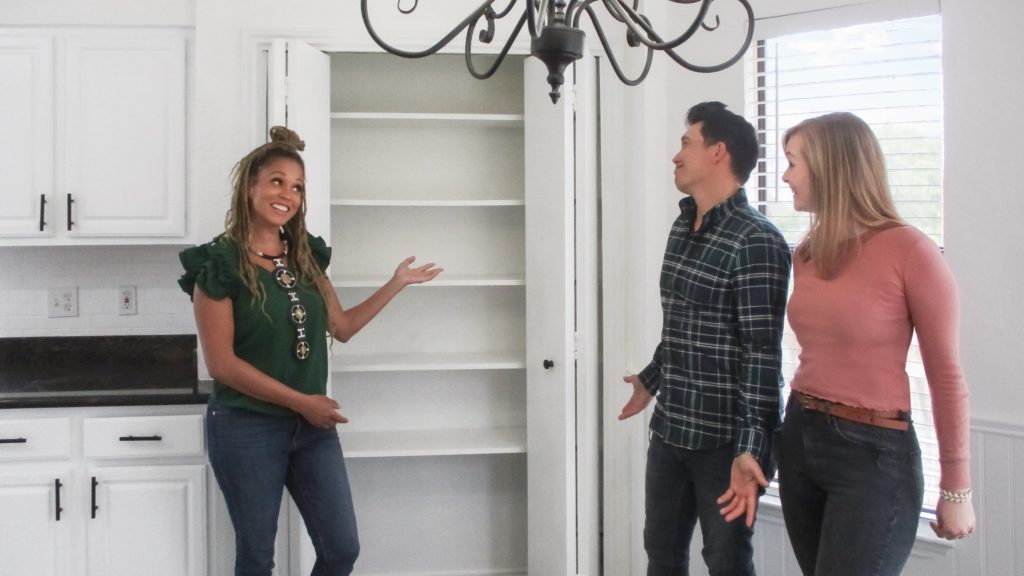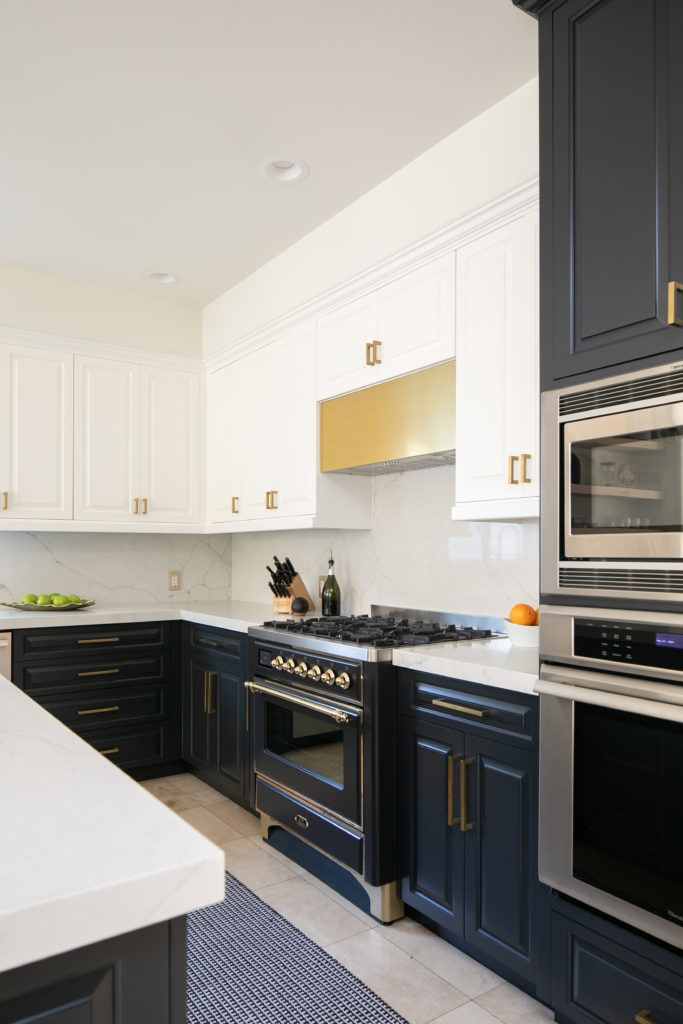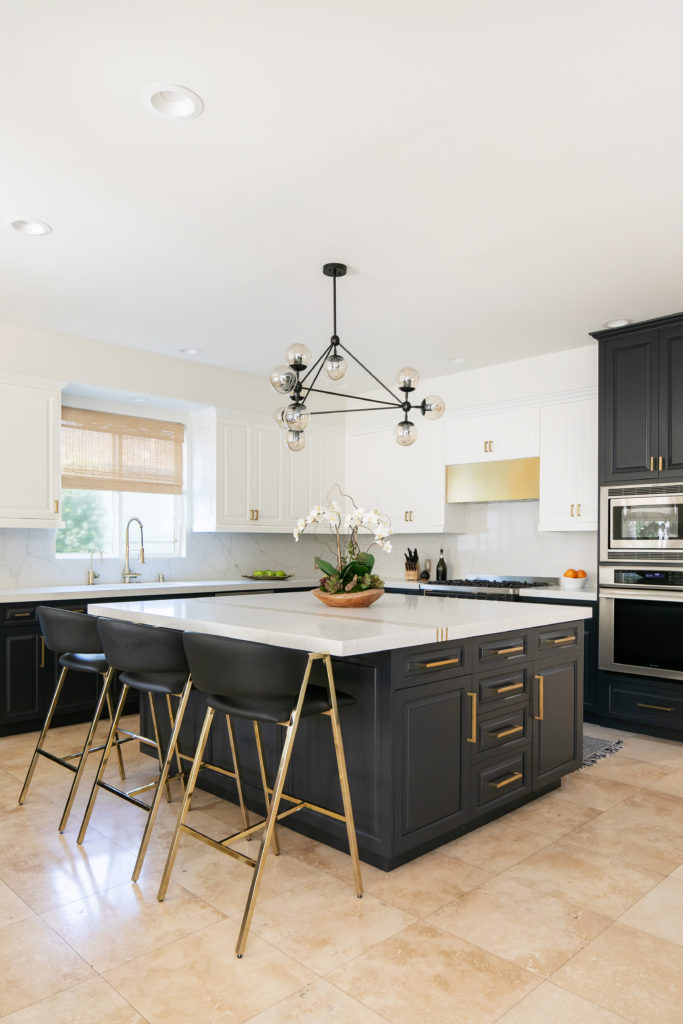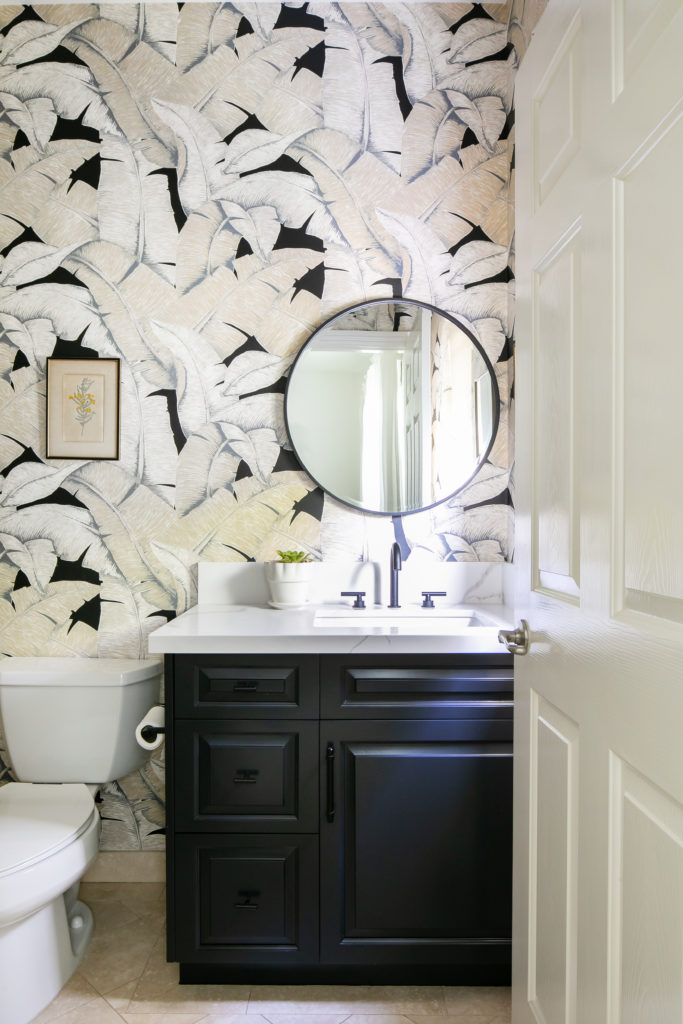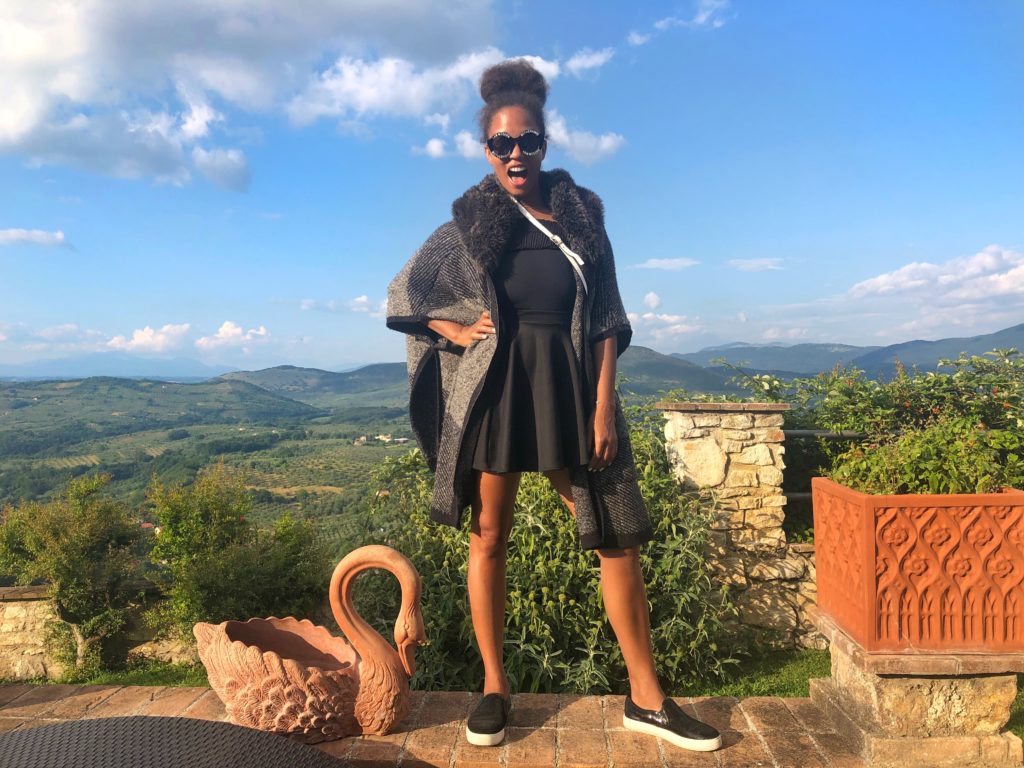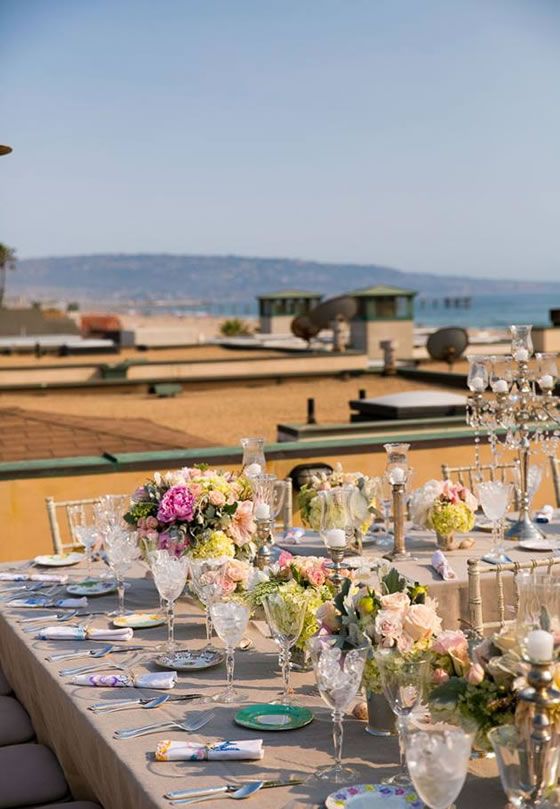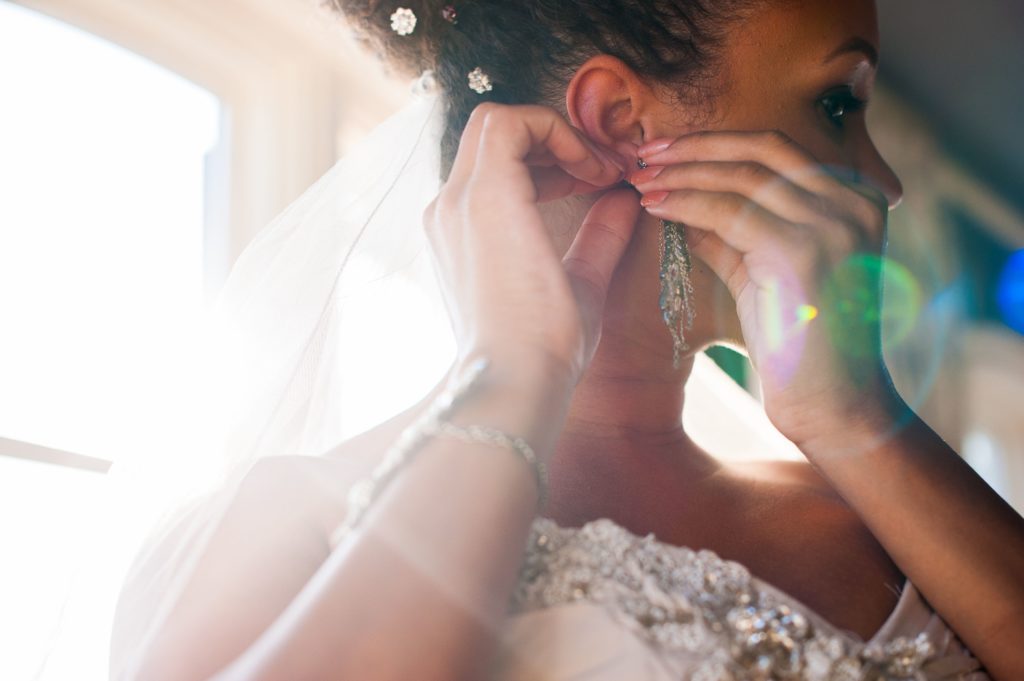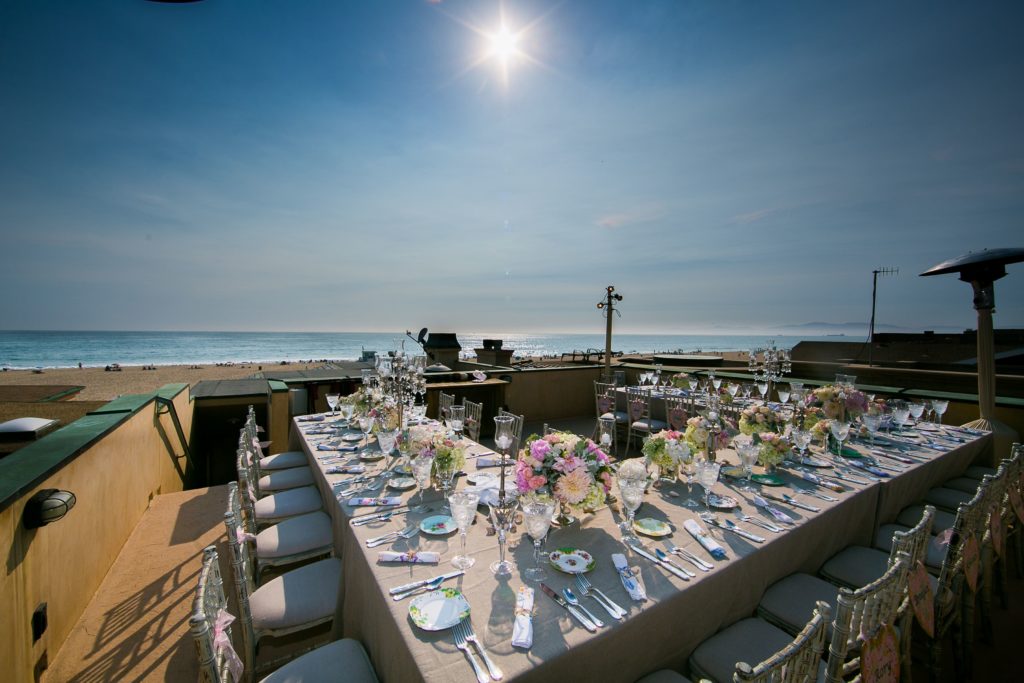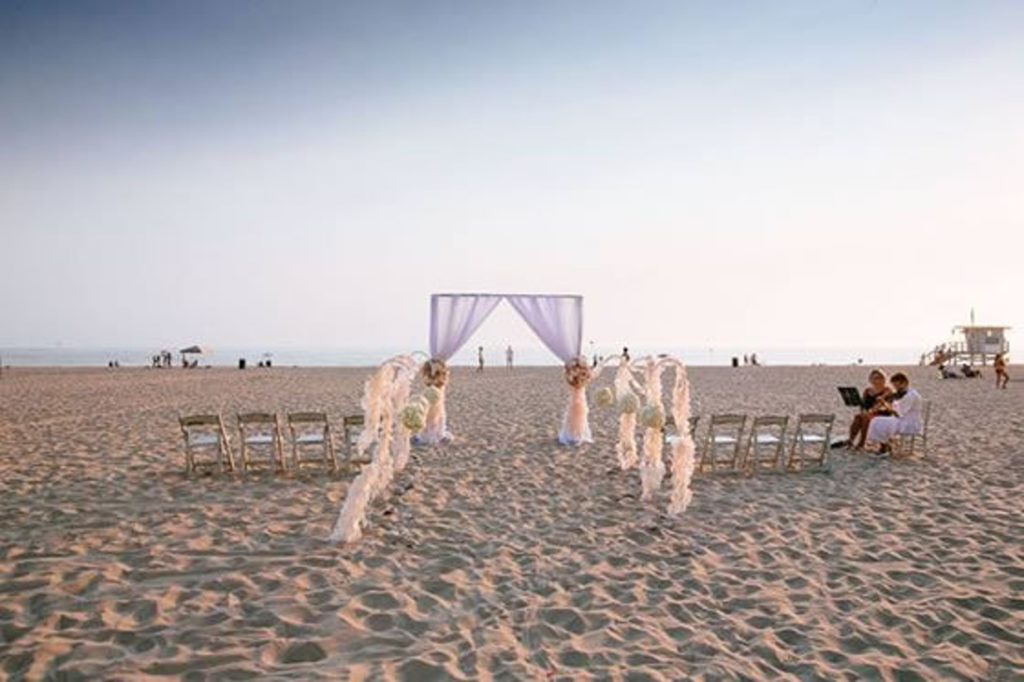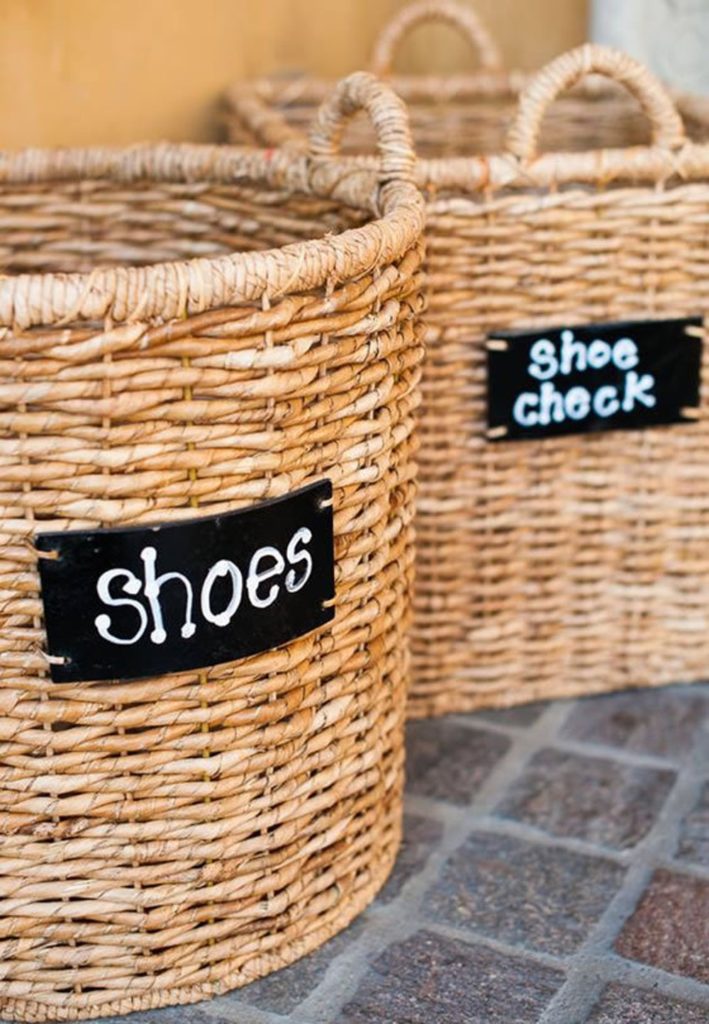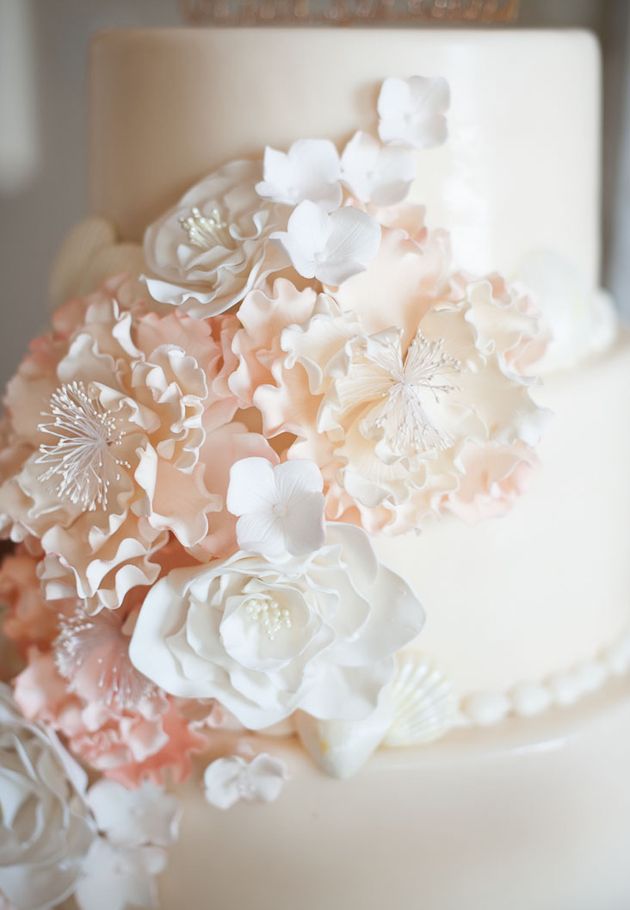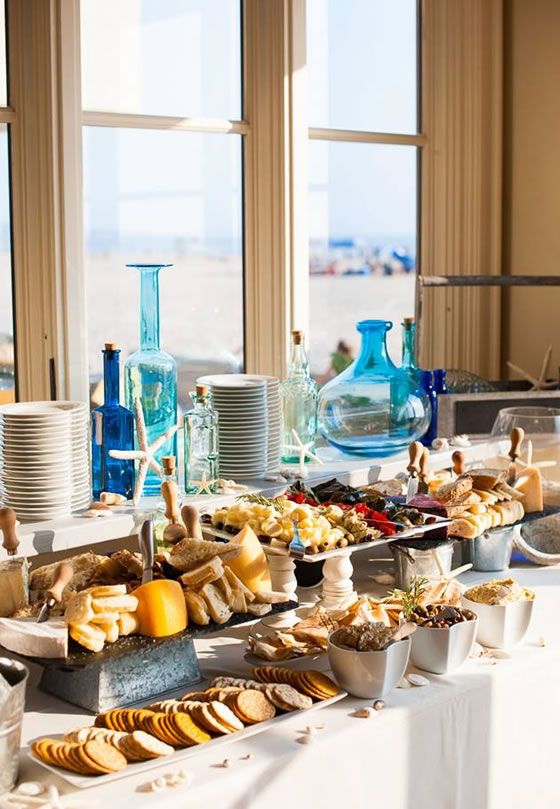The second episode of the Food Network Holiday Baking Championship: Gingerbread Showdown was as exciting as the first! Three new teams didn’t fail to impress and excite us judges, and I think even our abominable snowman would agree they took creative baking to new heights. We challenged the teams to create a “Scary Little Christmas,” and they stepped up in amazing ways!

In the Kitchen, Timing is Everything
The old saying is true: timing is everything. It’s particularly important when you’re baking and making gingerbread creations. The more intricate the design, the more precise timing will be necessary. Kate and Megan’s “Mountain House” had its challenges, including working with pieces of the mountain that were broken. Lindsay and Stacey also had issues with their “Christmas Mishap” scene. While spray-painting their creation, Stacey accidentally got black paint spots all over the gingerbread flooring. Yikes! Teena and Cashe had similar challenges with their “Oh No Wrong House” scene. Not only were they several hours behind other teams with their build, but their fireplace fell completely apart with one hour to go! Can you say “stressed”??
Listen, being an interior designer means being no stranger to tight (and even oftentimes impossible) deadlines. I frequently find that with shipping times, vendor mix-ups and construction schedules, my biggest opponent is the clock itself! I’ve learned that finding ways to maximize my time is key. I had to recondition a restaurant bathroom with very little time, and after much deliberation I decided to use a seamless stone technology to transform the entire space without a timely demolition. The room went from nautical-themed to elegant and upscale in no time! The culinary and design worlds absolutely place similar importance on timing, and these teams got a healthy dose of that this episode!
Baking and Quick Improvisation
Have no fear; quick thinking and on-the-feet improvisations saved the day for all of the teams. Most notably, Lindsay spray painted her black-spotted floor and used a gel cover to expedite fixing the problem and moving on with their build. Cashe, frustrated with the damaged fireplace on top of being late, had to take a break and a breather. With a little encouragement from Kardea, she immediately got up, regrouped, and continued helping to make decorations while Teena fixed the fireplace. All teams completed their projects, and that was only possible because of swift thinking and alternate creative ideation. These are key skills that everyone could use in their professions. I know I do.
Case in point: for many homebuyers, skylights may seem outdated and unwanted in a house they’re looking to purchase. When I bought my home, my contractors felt the same way and even encouraged me to get rid of it. I hadn’t planned on putting a skylight anywhere in my home. Nevertheless, I welcomed the unexpected opportunity to keep it and make it something I could enjoy for years to come. I shifted my build plans to coincide with the unforeseen element and created a spa-like bathroom around the skylight. Now, it’s the highlight of the space! Unmatched beauty and innovation can come from thinking and responding quickly. All of the Food Network gingerbread teams—and my bathroom—are a testament to that.
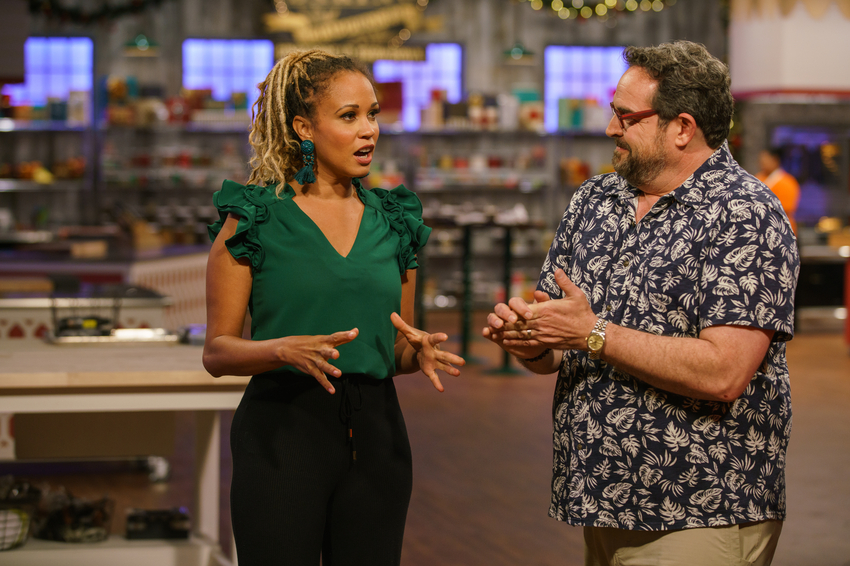
Food Network: The Ultimate in Creativity
If you’re a Food Network fan like I am, you already know some of the most original recipes, dishes and ideas can be discovered there! I’m not a cook, but I still marvel at the way so many gifted individuals use everyday items to create amazing (and edible) works of art. This week’s Gingerbread Showdown twist was a fun one! The teams had to create a dessert version of slime with gooey caramel! On top of that, the caramel had to ooze when we, the judges, tasted it.
Kate and Megan made spice cake and caramel coconut snowballs for Sammy Sootfoot to throw. To quell any concerns of premature oozing, they placed them in the freezer. A bit of caramel and white chocolate ganache, cornflake streusel, and nitrogen later and the process was complete! Lindsay and Stacey’s interior designer monster served gluten-free oozing caramel brownie cheesecake as a party favors for her guests. Teena and Cashe used caramel, roasted hazelnuts and even cayenne pepper to make “naughty coal caramel brownie balls.” Each of the teams had unique approaches to the twist challenge, and the creativity was palpable!

Cooking Up Designs With a Twist
I watched each of the teams face challenge after challenge as they dreamed up how their sweet treat would take form. It reminded me of how I approach interior design. From an early age my mind would allow me to visualize things in ways other people couldn’t. I use that skill when I talk to clients about a space they want refreshed. I look at the “bones” I’m given and I envision what could be, not what is. If you’re able to use your imagination and combine it with strategy and logic, the sky’s the limit. The three teams on Food Network Holiday Baking Championship: Gingerbread Showdown proved that everything is better when you allow your artistry to be guided by inspiration.
From leaning trees to scary Sootfoot to Santa-eating monsters, the gingerbreaders rocked these frightening fantasy creations this week! My mind is still blown as I reflect on how they conceived their ideas and turned them into actual artful pieces. As always, each team had trials to face and overcome, and they did. When you have big dreams, strange ideas and out-of-the-box plans, you can almost always expect to encounter a bit of difficulty. If you’re willing to stay the course and be flexible, your perseverance will pay off. I think this week’s winning duo would agree! Did you catch this week’s episode? Tell me your favorite parts in the comments!

